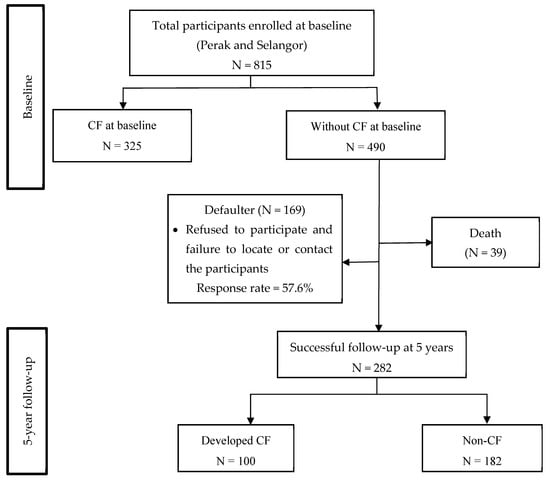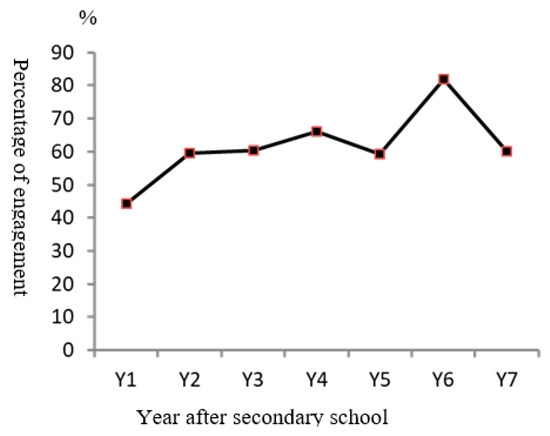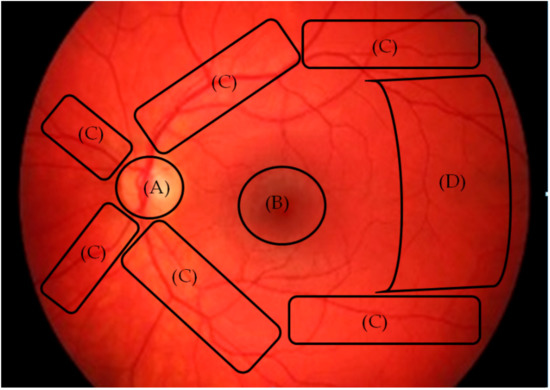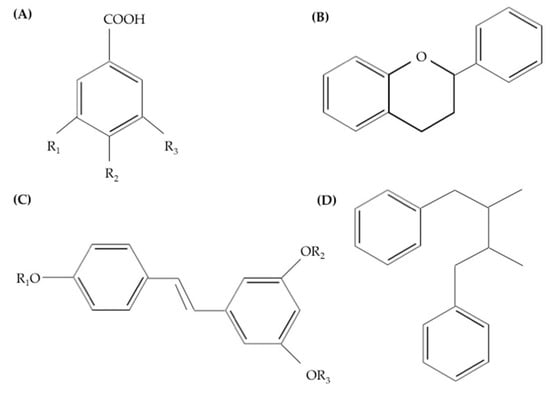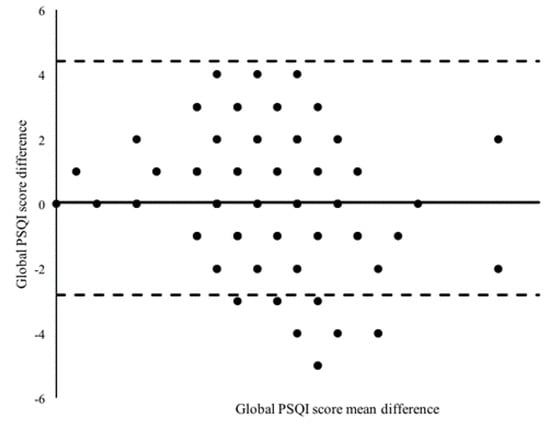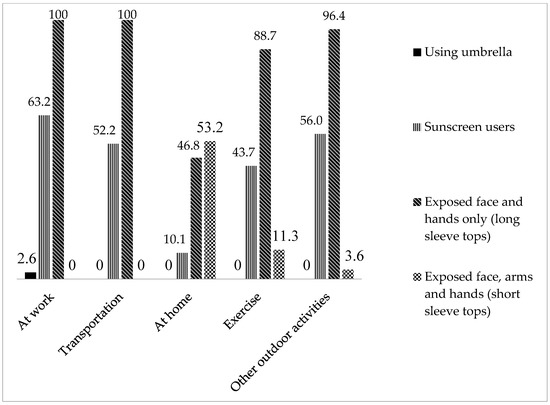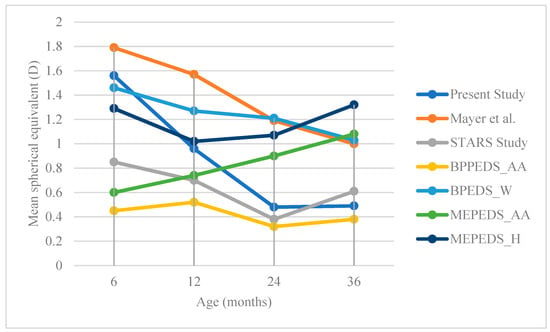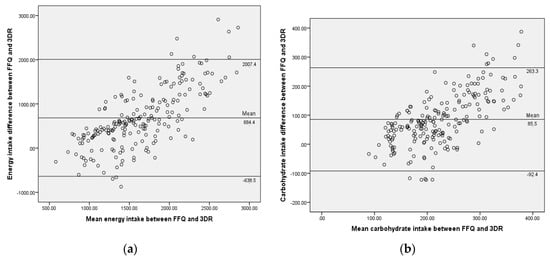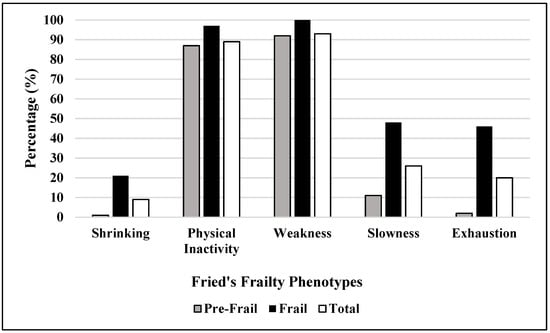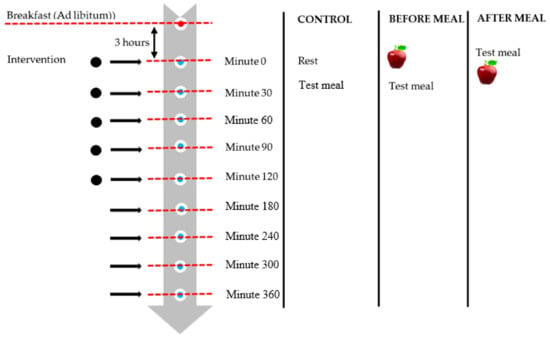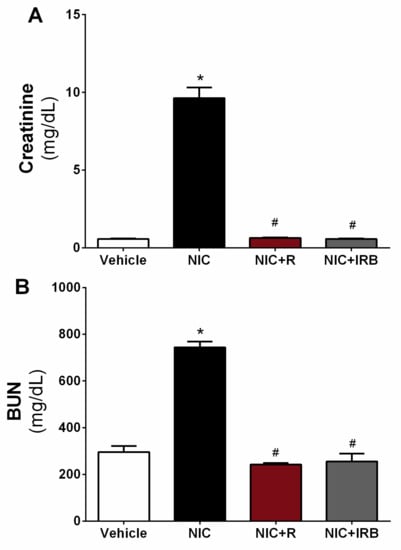Health and Rehabilitation Issues in Malaysia Heading Towards 2020 (Closed)
A project collection of International Journal of Environmental Research and Public Health (ISSN 1660-4601).
Papers displayed on this page all arise from the same project. Editorial decisions were made independently of project staff and handled by the Editor-in-Chief or qualified Editorial Board members.
Viewed by 92576Project Leader
Interests: nutritional epidemiology; aging; clinical nutrition; neuroscience
Interests: diabetes and cardiovascular diseases; free radicals and antioxidants; toxicopathology
Project Overview
Dear Colleagues,
The Faculty of Health Sciences at Universiti Kebangsaan Malaysia is initiating a Project Collection titled “Health and Rehabilitation Issues in Malaysia Heading Towards 2020”.
Vision 2020 was introduced in 1991 with the Sixth Malaysia Plan. It was a call for Malaysia to become a self-sufficient developed nation by the year 2020. The vision encompasses not just economic prosperity and political stability, but also world class education and healthcare, as well as social and psychological well-being. Time has passed, and the nation has grown from a lower–middle-income in the early nineties to an upper–middle-income country. The infant mortality rate has reduced by nearly half, while life expectancy has increased by more than four years within the past three decades.
Today, our health problems have shifted from those of a developing country to those more closely resembling a developed nation. Three of the top five causes of deaths result from non-communicable diseases (ischemic heart and cerebrovascular diseases and cancer) and only one infectious disease (pneumonia), with the third being traffic accidents. Over the past decades, the nation has also grown in leaps and bounds in terms of its public and private healthcare systems; Malaysia has been recognized as having the best healthcare in the world according to the International Living Annual Global Retirement Index over the past 5 years.
Today, it is just several months until the year 2020. This Project Collection hopes to be able to provide some answers in terms of the current health and rehabilitation issues facing the Malaysian population. This collection will encompass broad areas, with topics ranging from diet to physical activity, environment to mental health, and vision to hearing and speech. We hope that this collection will provide deeper insights into the impact of health policies and programs being planned for the upcoming 12th Malaysia Plan, which will be implemented from 2021 to 2025.
We invite healthcare professionals and researchers in Malaysia to contribute towards this Project Collection.
Prof. Dr. Suzana Shahar
Prof. Dr. Siti Balkis Budin
Prof. Dr. Bee Koon Poh
Project Leaders
Manuscript Submission Information
Manuscripts should be submitted online at www.mdpi.com by registering and logging in to this website. Once you are registered, click here to go to the submission form. Manuscripts can be submitted until the deadline. All submissions that pass pre-check are peer-reviewed. Accepted papers will be published continuously in the journal (as soon as accepted) and will be listed together on the collection website. Research articles, review articles as well as short communications are invited. For planned papers, a title and short abstract (about 100 words) can be sent to the Editorial Office for announcement on this website.
Submitted manuscripts should not have been published previously, nor be under consideration for publication elsewhere (except conference proceedings papers). All manuscripts are thoroughly refereed through a single-blind peer-review process. A guide for authors and other relevant information for submission of manuscripts is available on the Instructions for Authors page. International Journal of Environmental Research and Public Health is an international peer-reviewed open access monthly journal published by MDPI.
Please visit the Instructions for Authors page before submitting a manuscript. The Article Processing Charge (APC) for publication in this open access journal is 2500 CHF (Swiss Francs). Submitted papers should be well formatted and use good English. Authors may use MDPI's English editing service prior to publication or during author revisions.
Keywords
- Aging
- Diet
- Environmental health
- Exercise
- Health
- Hearing
- Mental health
- Non-communicable diseases
- Nutrition
- Physical activity
- Public health
- Oral health
- Rehabilitation
- Sleep
- Smoking
- Special needs
- Speech
- Vision
- Malaysia







